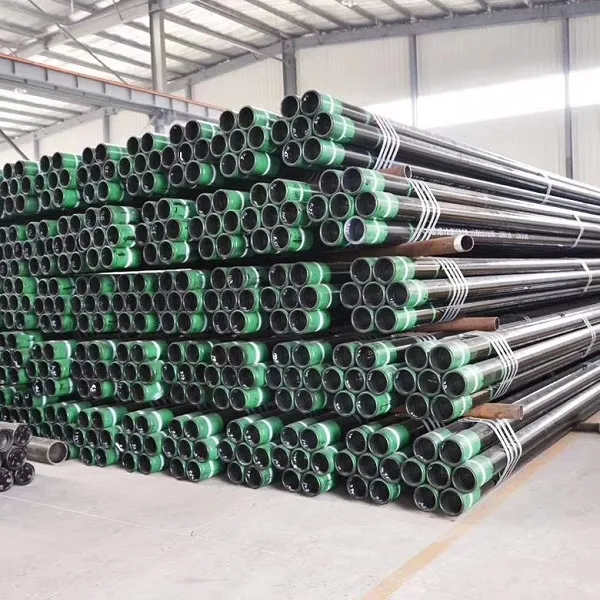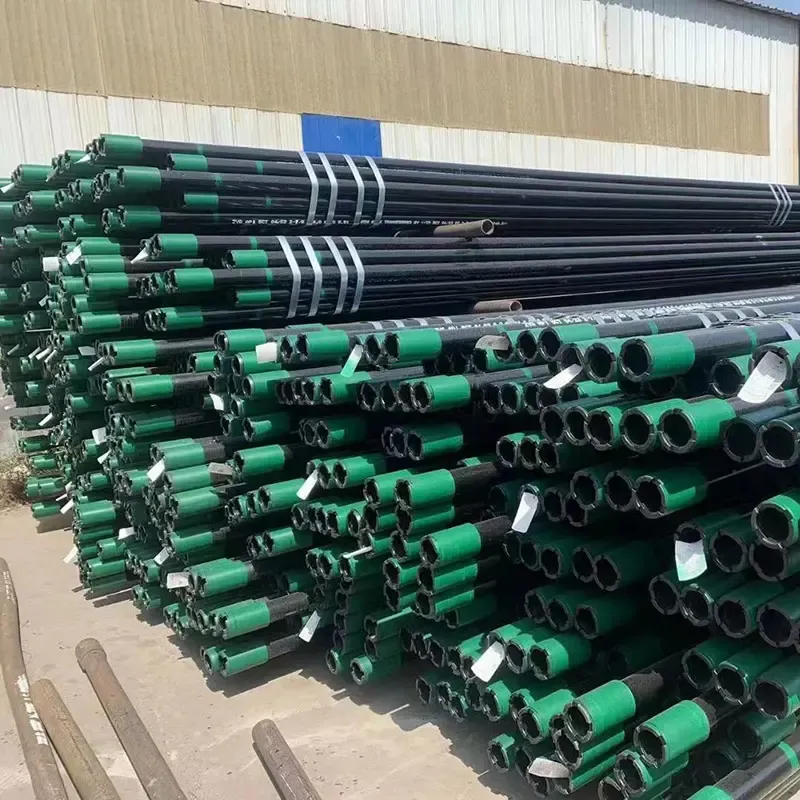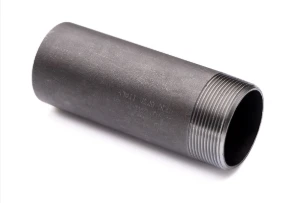Key Characteristics of API 5CT K55
- 1.Material Composition:
- - API 5CT K55 is produced from carbon steel and typically has a chemical composition that includes:
- - Carbon (C): Up to 0.25%
- - Manganese (Mn): 0.70% to 1.40%
- - Phosphorus (P): Maximum 0.025%
- - Sulfur (S): Maximum 0.025%
- 2. Mechanical Properties:
- - K55 pipes are noted for their specific mechanical properties, which are essential for their performance in downhole applications:
- - Yield Strength: Minimum 55,000 psi (379 MPa)
- - Tensile Strength: Typically ranges from 70,000 to 90,000 psi (482 to 620 MPa)
- - Elongation: 20% to 30% depending on the specific dimensions and manufacturing process
- 3. Dimensions:
- - K55 is available in various sizes and wall thicknesses suitable for different applications. Common dimensions for casing and tubing follow standard API sizes.
- 4. Coating:
- - These pipes can be provided with protective coatings to enhance their resistance to corrosion and other environmental factors, especially during transportation and installation.
- Applications of API 5CT K55
- 1. Oil and Gas Wells:
- - K55 is commonly used as casing and tubing in both oil and gas wells, providing structural support and preventing collapse during drilling operations.
- 2. Well Completion:
- - Utilized in the completion of wells, where it helps isolate different formations and maintains the integrity of the wellbore.
- 3. Production Tubing:
- - Used to transport oil and gas to the surface after production starts, it helps ensure efficient flow.
- 4. Water Injection and Disposal Wells:
- - Can be used in water injection wells for enhanced oil recovery processes, as well as in disposal wells for subsurface fluid management.
- Advantages of API 5CT K55
- 1. Durability:
- - K55 pipes exhibit high durability and strength, able to withstand the harsh conditions encountered in downhole applications.
- 2. Cost-Effective:
- - Provides a balance between performance and cost, making it a good economical choice for many applications in the oil and gas industry.
- 3. Hoʻokō maʻamau:
- - Being compliant with API 5CT standards ensures that K55 pipes meet industry specifications for quality and performance.
- 4. Versatility:
- - Can be utilized in various pressure and temperature environments within the oil and gas sector.
- Considerations for API 5CT K55
- 1. Corrosion Protection:
- - While K55 pipes have good mechanical properties, they can be susceptible to corrosion, necessitating protective measures or coatings, especially in aggressive environments.
- 2. Careful Handling and Installation:
- - Proper care during the handling and installation of K55 casing and tubing is crucial to avoid mechanical damage.
- 3. Inspection and Maintenance:
- - Regular inspection for integrity and signs of wear or corrosion should be conducted to prolong the lifespan of the pipes in service.
- Ka hopena API 5CT K55 casing and tubing provide essential capabilities for the oil and gas industry due to their strength, durability, and compliance with industry standards. Understanding the specifications, applications, and maintenance requirements of K55 pipes is vital for successful well construction and operation. If you have more specific questions about API 5CT K55 or need information for a particular application, feel free to ask!
E kākau i kāu leka ma aneʻi a hoʻouna mai iā mākou
















